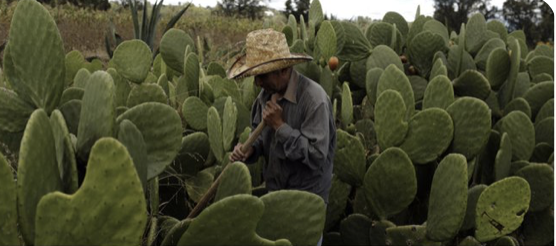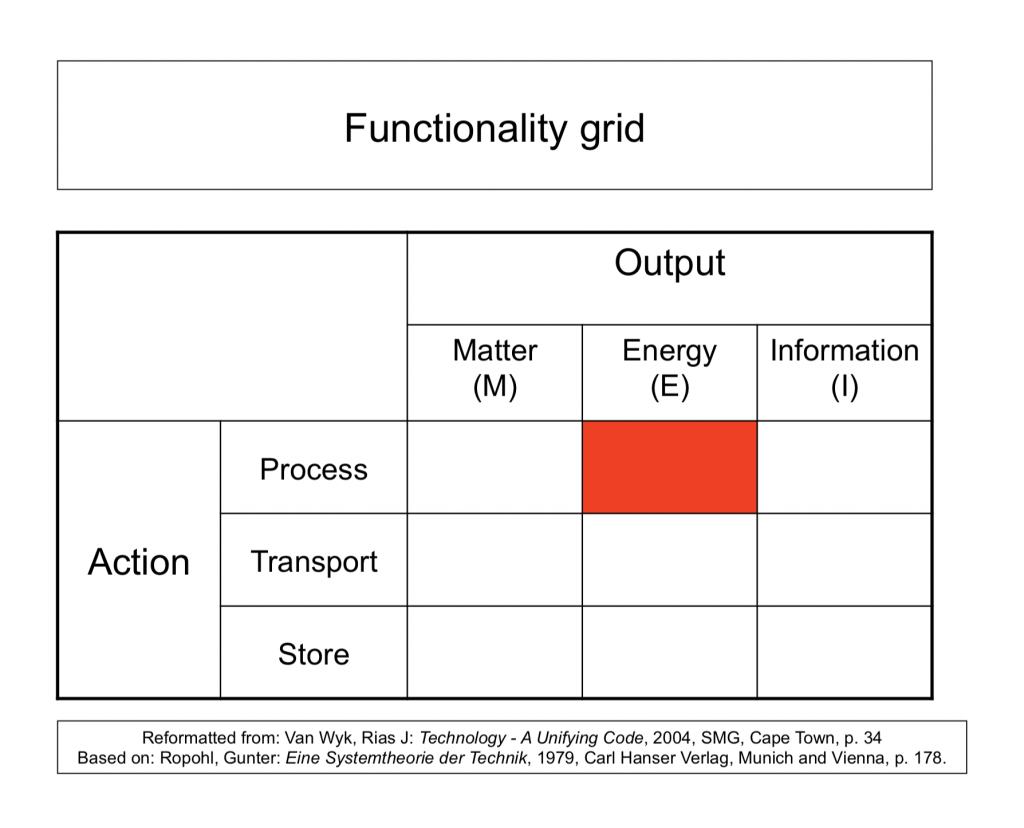
Biogas from cactus is a TechnologyLandmark for use in an OmegaMap. The information is derived from an article written by Sean Fleming on March 22, 2019 and presented by the World Economic Forum.
Since 2016 a new form of biogas has been used in Mexico to power agricultural equipment. Rogelio Sosa López, is a farmer and tortilla producer from Zitácuaro. He was always searching for new ways to keep operating costs down. Working with a colleague, Antonio Rodríguez they pulped cactus to make biogas.
It is now being used by the city of Zitacuaro to fuel a fleet of its vehicles. The fuel is made by a company called Nopalimex. The fuel has a number of advantages. Its functionality is improved – it costs about $0.65 per litre which is about one third cheaper than gasoline or diesel. It is said to burn much cleaner than conventional fuel. It is derived from a biological source, the prickly pear, commonly called the nopal and more formally Opuntia. This source grows prolifically to a height of seven or eight metres. Furthermore the nopal grows in areas not used for the cultivation of food.
Biogas from cactus contributes to the functionality of Process-Energy. Its position in the Functionality Grid is illustrated below. Its level of maturity is estimated at a technology readiness level of TRL 7. This level is described as: “System prototype demonstrated in operational environment”.
Technical terminology is covered in: Van Wyk, Rias, (2017) Technology: Its Fundamental Nature, Beau Bassin, Mauritius, LAP LAMBERT Academic Publishing, (http://amzn.to/2Avsk3r)
For descriptions of:
- Technology Landmark; pp. 83-84, Diagram 11.1, Stage 3
- Principle of operation; p. 20
- Functionality; pp. 24-25
- OmegaMap; pp. 92-93
- Functionality Grid; pp. 29-32
- Technology readiness levels; pp. 22-23
